Turning the Tide on Air Pollution: Gaya’s Success with A- PAG’s Dispersed Sources Program
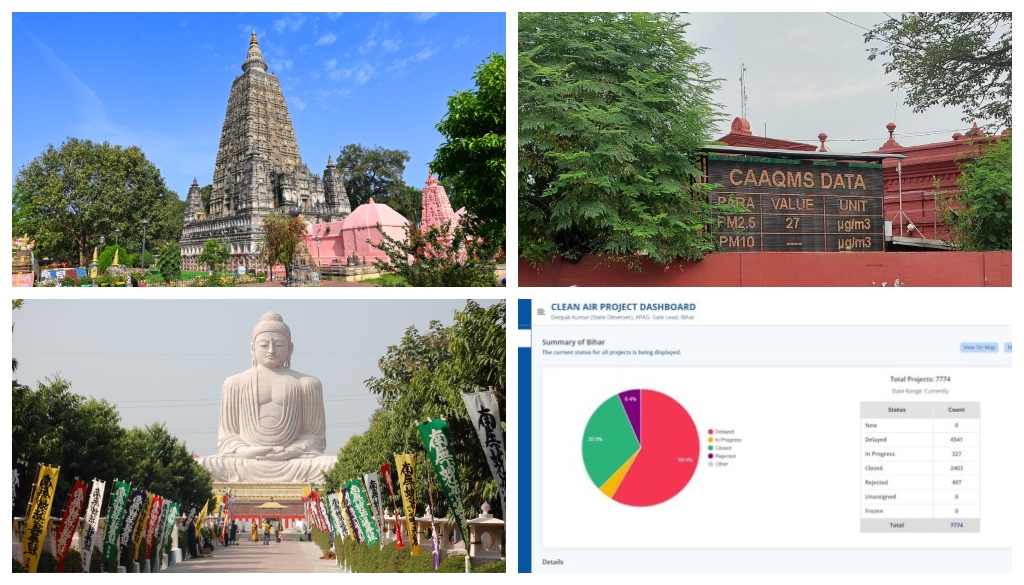
Representative Image
Gaya: Gaya, the historic site where Gautam Buddha attained enlightenment, has been thrust into the spotlight for less noble reasons in recent years. The city has ranked among the 50 most polluted worldwide and the 10 most polluted in India, particularly during the winter months, according to data from both international and national agencies over the past six years.
Much like Patna and Muzaffarpur, which also lie in the Indo- Gangetic plain, Gaya’s air quality is severely compromised by high levels of PM 2.5—fine particulate matter that can lodge deep in the lungs, contributing to serious health conditions, including cancer.
In response to this escalating crisis, the Air Pollution Action Group (A-PAG) launched the Dispersed Sources Program (DSP) in Gaya in April 2022. The initiative, supported by the Gaya Municipal Corporation (GMC) and the Road Construction Department, is aimed at curbing pollution from scattered sources across the city.
Dispersed Sources Program: Tackling diffused pollutants

Dispersed source pollution stems from numerous small sources, such as waste on public land, biomass burning, and dust from construction activities. While each source may contribute only a small amount of pollution, together they release significant levels of harmful pollutants into the air.
The DSP, backed by the Bihar State Pollution Control Board (BSPCB), seeks to address these challenges using the Clean Air Dashboard, a web-based monitoring tool. Launched in January 2021, the dashboard tracks and manages various dispersed sources of pollution, including unpaved roads, roadside dumping, and construction activities that fail to follow environmental safeguards.
How the program works
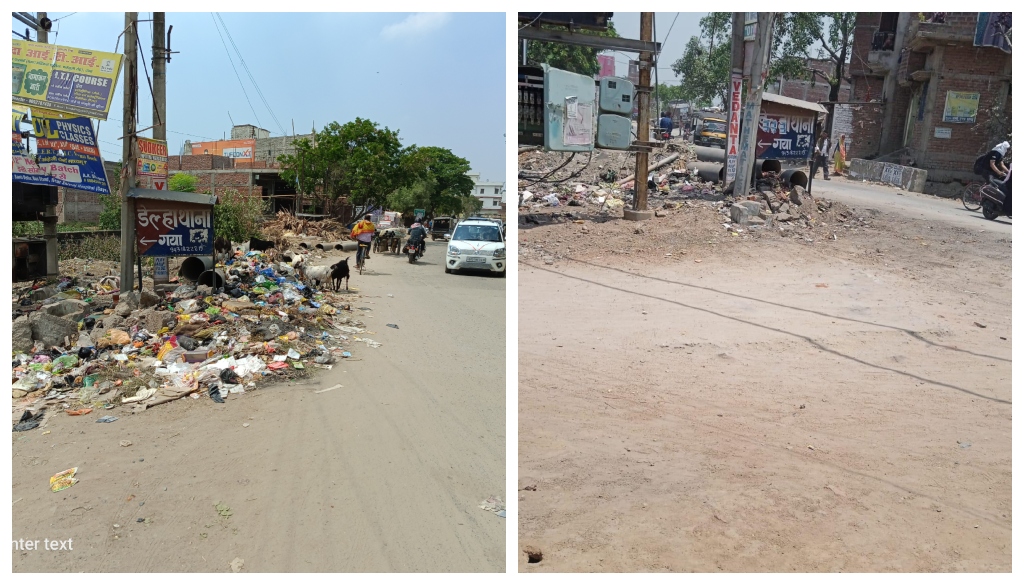
Surveyors across the city regularly report air pollution issues, which are logged as “tickets” on the Clean Air Dashboard. These tickets are automatically assigned to the appropriate officials responsible for resolving them within a designated area. Senior officials in both the city and state governments can track the status of each ticket, allowing for real-time monitoring of pollution hotspots. This system helps officials devise localized strategies to reduce pollution effectively.
Challenges and progress
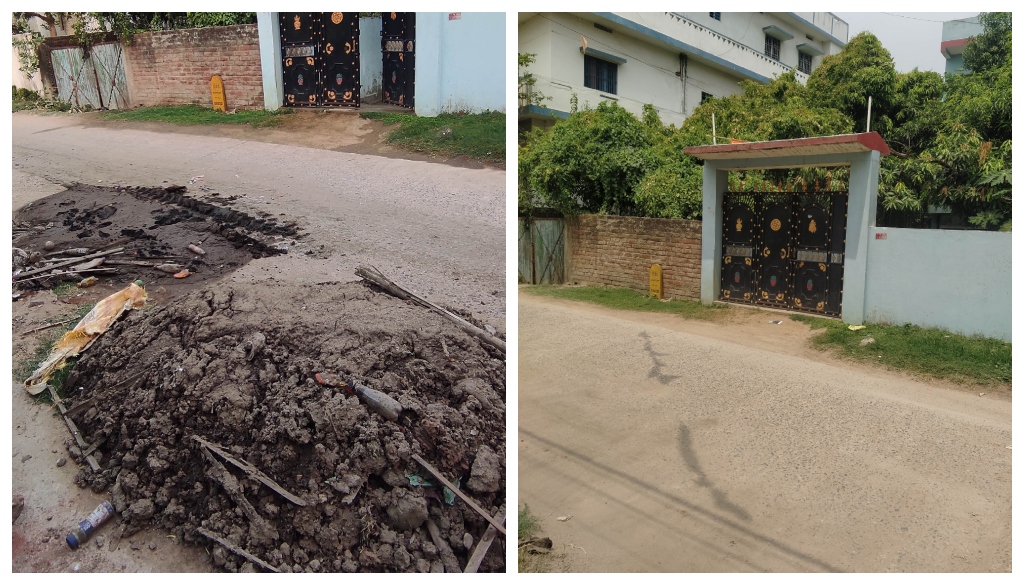
The early stages of the program faced several challenges. City officials were initially unfamiliar with the technology, which slowed the resolution of tickets. However, after persistent engagement with the GMC and updates to the dashboard, the program’s implementation improved significantly. A structured review process, combined with the appointment of dedicated officers for sanitation and construction, has been key to the program’s success.
Regular meetings between senior and mid-level management have ensured that timelines are met and that additional staff members are involved to increase accountability. The DSP has also gained traction through high-level meetings with the Air Quality Monitoring Committee (AQMC) and the District Level Implementation Committee (DLIC). The program has been further supported by National Clean Air Programme (NCAP) funds, helping to resolve issues raised on the dashboard.
Achievements and ongoing efforts
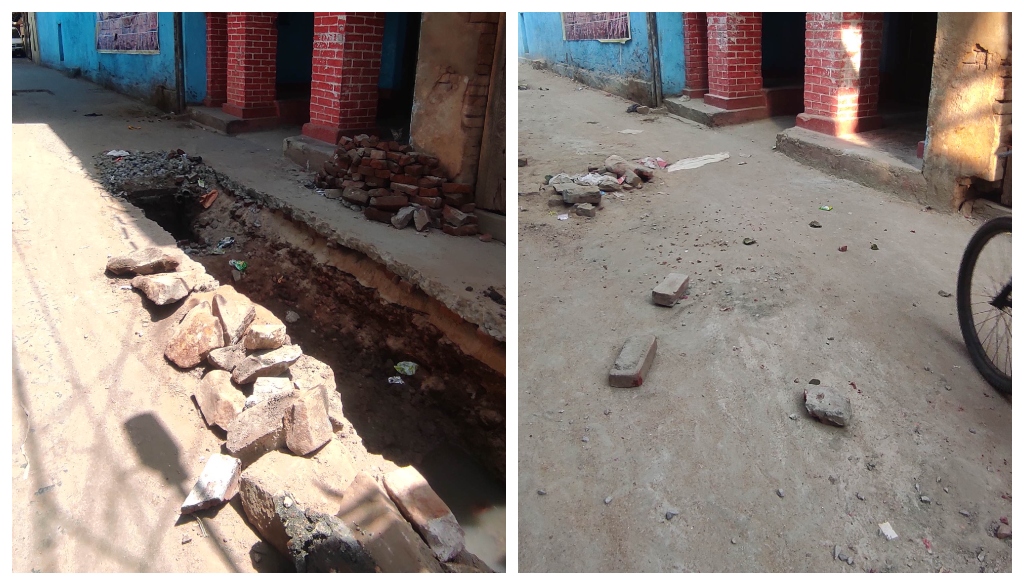
The program has seen significant progress in recent months, particularly during the Pitra Paksh Mela—a time when manpower was stretched thin to manage the religious event. Despite these challenges, the DSP was able to maintain its effectiveness. During the Mela, 639 pollution tickets were raised, and 693 were resolved, helping officials identify and address garbage-vulnerable points (GVPs).
Currently, 82 users from various departments, including the Gaya Municipal Corporation, Road Construction Department, and Bihar Urban Infrastructure Development Corporation, are mapped to the dashboard. These users have been trained to manage the platform effectively and ensure that issues are resolved in a timely manner.
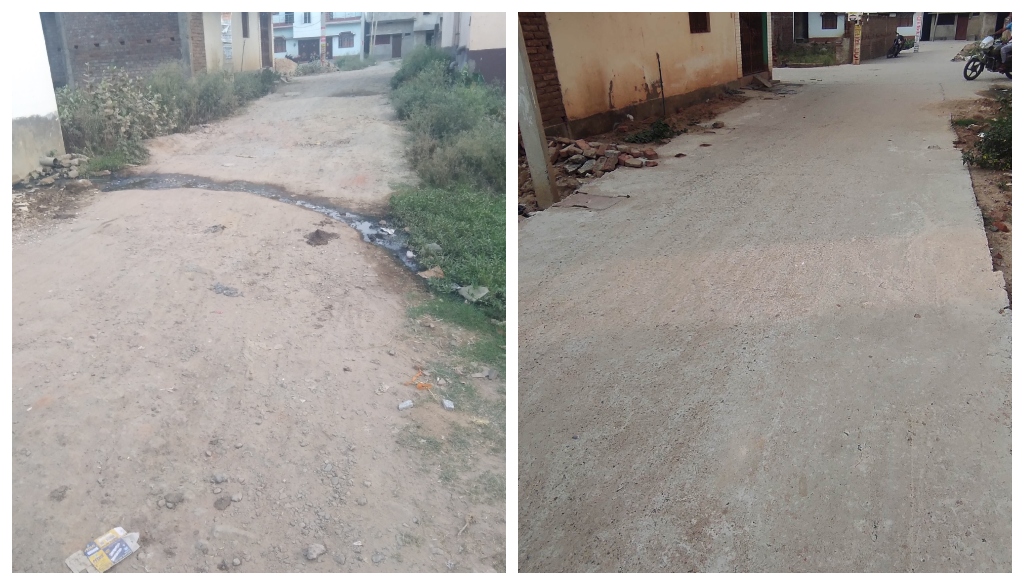
The most frequently reported issues relate to roadside garbage (“Sadak/Khule me Kachra”) and waste from drainage systems (“Naale se Nikali Gaad”), accounting for 42.5% and 19.8% of total complaints, respectively. Sanitation-related problems have a high closure rate of around 85%, but construction issues, particularly related to unpaved roads, lag behind with a resolution rate of just 27%.
Despite these hurdles, more than 13,000 issues have been identified since the program’s inception, with over 11,000 resolved. As a result of these efforts, air pollution in Gaya has decreased by 30%, with the A- PAG’s Dispersed Sources Program playing a key role in this improvement.
Gaya Municipal Commissioner Lauds A-PAG’s Efforts in Tackling Air Pollution
Praising A-PAG’s Dispersed Sources Program, Gaya Municipal Commissioner Abhilasha Sharma said: “Currently, air pollution is a serious problem that the Gaya Municipal Corporation is actively working to solve. The level of air pollution can be reduced by timely identification and elimination of its sources. The Dispersed Sources Program, run in collaboration with the Bihar State Pollution Control Board and the Air Pollution Action Group (A-PAG), is making a significant contribution in this direction. Under this program, about 13,800 issues have been identified so far, and more than 11,500 have been successfully resolved. A-PAG representatives are also providing the necessary support to ensure the program runs effectively.”





